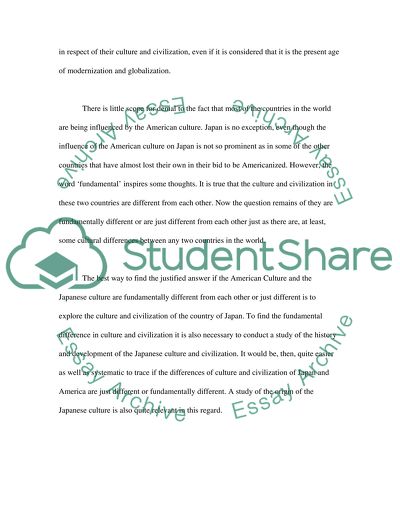Cite this document
(“Japan through the looking glass by Alan Macfarlane Book Report/Review”, n.d.)
Retrieved from https://studentshare.org/literature/1526804-japan-through-the-looking-glass-by-alan-macfarlane
Retrieved from https://studentshare.org/literature/1526804-japan-through-the-looking-glass-by-alan-macfarlane
(Japan through the Looking Glass by Alan Macfarlane Book Report/Review)
https://studentshare.org/literature/1526804-japan-through-the-looking-glass-by-alan-macfarlane.
https://studentshare.org/literature/1526804-japan-through-the-looking-glass-by-alan-macfarlane.
“Japan through the Looking Glass by Alan Macfarlane Book Report/Review”, n.d. https://studentshare.org/literature/1526804-japan-through-the-looking-glass-by-alan-macfarlane.


